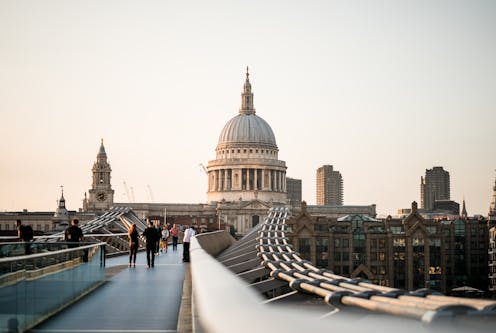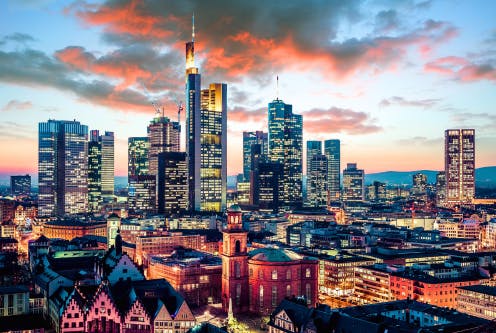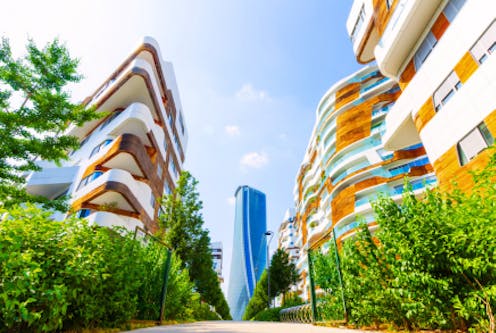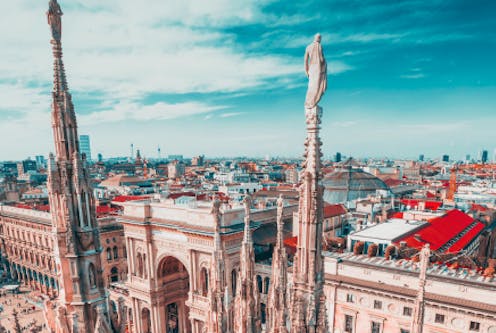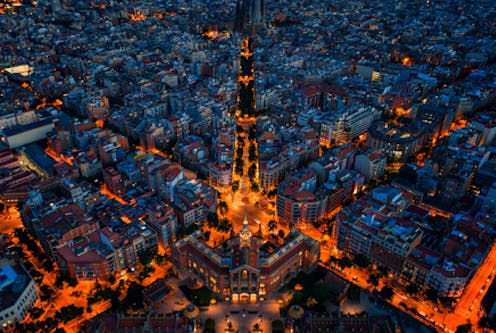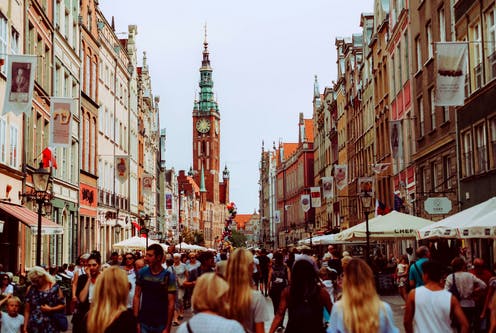If you were a graffiti fan and found yourself in Barcelona in the 1990s, then the place to head was El Poblenou. Once a thriving industrial district in the 19th century, Poblenou was the ideal canvas for spray-can artists. Between 1970 and 1990, some 1300 firms closed, leaving the area littered with abandoned buildings.
Poblenou reflected the wider malaise of Barcelona. Long a cultural centre famed for imagination and innovation – think architect Antoni Gaudí, and painters Joan Miró and Pablo Picasso – the capital of Catalonia had fallen on tough times. Its economy was stagnant, unemployment rife, the harbour run down, and its beach a rubbish-filled strip lapped by dirty water.
But Barcelona seized the opportunity of the 1992 Olympics to reinvent itself. New infrastructure, revamped neighbourhoods, greener parks and a new two-kilometre sand beach opened the city to the Mediterranean Sea. The revitalisation made Barcelona a tourist must-visit destination again.
And Poblenou? It is home to 22@Barcelona, a neighbourhood buzzing with innovative startups, research centres and international businesses, and regularly touted as a textbook example of urban, economic and social renewal.
Regeneration through technology
Much of Barcelona’s renaissance has been built on IoT (internet of things) systems. Hard hit by the 2008 recession, Barcelona turned to technology to spark an economic recovery. Starting in 2012, the city deployed responsive technologies across public transport, parking, street lighting and waste management systems as part of a Smart City Barcelona plan.
For example, transitioning to a more energy-efficient LED lighting system led to cost savings. Sensors in the lampposts also identify when pedestrians are near and dim automatically if streets are empty to save energy further. More, the lampposts form part of a Wi-Fi network providing consistent, city-wide free internet access and are integrated into Sentilo, a system of 19,500 smart meter sensors that receive data on weather, pollution and noise.
IoT devices also monitor rain, humidity and soil moisture in city gardens. Using the data, gardeners remotely program the irrigation needed and deliver it via electro-valves. This has resulted in savings of approximately $555,000 per year.
For cars, Barcelona embedded sensors in the asphalt that identify whether a parking bay is occupied. Drivers are guided to spaces via ApparkB, an app that allows online payment for parking. This has reduced congestion and emissions. But the innovations continue. Smart pneumatic waste bins reduce odours. Powered by solar panels, interactive bus stops connect to the Wi-Fi network, offer USB charging stations and updates on bus locations … and there is much, much more.




